It’s our final month with the Cupra Tavascan and you’re probably wondering whether I like it. Also, where does it rate on my scale of mid-size electric EVs?
After all there are so many choices now, some of which - like the Geely EX5 or Leapmotor C10 - are as affordable as a combustion mid-sizer.
The Tavascan isn’t quite that affordable, and it’s certainly a strong choice on the design front.
.png)
After three months and quite a few kilometres, what do we ultimately think? Keep reading to find out.
Best features, worst features?
The best features are by far this car’s driving range, its cohesive feel from behind the wheel, and some of its outlandish design touches which are normally reserved for more expensive vehicles.
With up to 570km displayed on the dash in city conditions, I’ve only had to charge this car a handful of times in the entire period I’ve had it, which is convenient, almost like fuelling up a combustion car.
It’s also reasonably quick to charge. While it’s far from the fastest on paper, with the DC fast charging limited to just 130kW, our car would hover around 110kW for a while on a charger capable of that, making the circa-30-minute charge to 80 per cent realistic.
.jpg)
The thing is though, if you live in an urban centre where most DC fast charging stacks are 50kW, you’re not going to notice the difference between this car’s charging speed and an Ioniq 5, for example, which is technically capable of getting close to its 350kW claim.
It’s only really on the freeway where these things make a big difference.
By far another highlight is the driving experience of the Tavascan. What stood out, particularly compared to other EVs in this class, is how much of an all-rounder it is, with above par handling.
It has solid, responsive and communicative steering, a Cupra speciality, and the ride quality strikes a nice balance between performance aspirations, and harnessing the weight of the large batteries to keep it comfortable. While it’s not perfect, it’s one of the better EVs out there. Most Chinese rivals are a bit too spongy, while a car like the Model Y, for example, has always been a bit stiff.
While it’s also familiar to the VW ID.4 and ID.5 with which it shares a platform, it’s also a bit sharper to drive than those two.
It also holds on to the road. A lot of rival vehicles, particularly the affordable 2WD models, ship on hard, efficiency-focused tyres. These might do wonders for driving range, but the Cupra’s particularly expensive looking Continentals proved to be excellent all-rounders, holding onto corners and harnessing the motor torque nicely.
.jpg)
Of course, then there’s the design. In a world where new Chinese manufacturers are not afraid to try new things, it’s more difficult than ever to stand out.
Yet this Cupra does, through sheer creativity. The nose for example, has functional vents, something you usually only see on more expensive sports machines, and I think proportionally it’s the most fetching vehicle on the VW Group MEB platform.
This brings us to some of our dislikes.
The cabin is undeniably cool with its textures and its lighting, but over time I’ve realised it's not particularly useful compared to its MEB platform-mates. The more obvious quirks include the centre cupholders which overlap (so you can only use one at a time for larger bottles and coffees) and the fact that the wireless charger takes up the whole under-console storage. There’s also no floor storage, and the centre console box is a bit narrow.
Still, at least the seating is ergonomic and visibility is surprisingly good given it’s a coupe-style SUV.
One odd stand-out for me is the split-opening centre console, which is too complicated and fragile and makes a squeaking noise every time you lean on it getting in and out of the car. To be fair, everything else feels well built in the cabin, but feeling something like this when you get in and out is a bit of a bummer.
.jpg)
I fit in the back seat easily, and all the nice trimmings (complete with ambient lighting) continue back there, but with the tinted windows, black headliner, and dark seats, it feels much smaller than it is.
Back on the topic of driving, this coupe SUV is nowhere near as fast as its design suggests. It’s no slug, but Cupra has also tuned the acceleration intentionally not to have the kind of breakneck response you can get from something like the Tesla Model Y. It’s more like a tame roll-on rather than a sudden violent burst of speed. If you want the former, you’ll need to splash for the top-spec VZ all-wheel drive.
On the topic of the VZ all-wheel drive though, while it might be faster, it’ll be nowhere near as efficient as this base Endurance grade, so if it’s range anxiety you want to avoid as a general rule, 2WD versions of electric cars are always the better option.
.jpg)
There’s also a few small quirks. I don’t love that it lacks physical controls for anything controlled via the touchscreen, like climate or volume. There’s a button on the steering wheel which is meant to control the HUD, but doesn’t, and when you accidentally press it the car reminds you that you didn’t pay enough for one. Also, the 360-degree reversing camera, while excellent for visibility, has a few milliseconds of delay which can make tight low-speed manoeuvring nerve wracking.
On the upswing, it has a stop/start button override if you don’t want the car to only turn on when someone sits in the front seat, and the Sennheiser sound system optioned to our vehicle is awesome and worth every cent.
The range and charging test
To really test this car’s real-world range before I returned it, I did a proper measured test charge-to-charge.
The result was interesting. While the dash shows a pretty solid 550 to 570km every time I charge it, this was primarily for city driving, where regenerative braking is doing some serious heavy lifting, extending range significantly. To give you an idea, regen braking can account for up to 30 per cent of range in some models.
So, I charged my Tavascan up and hit the open road to see how far I’d get on the freeway.
.jpg)
Starting with 86 per cent and 516km shown on the dash in Sydney, I set off on a freeway drive down the south coast. Taking a creative route designed to incorporate some hills and curvy stuff along the coastline and hinterland, as well as stretch the car’s legs a little to wear the long-range battery out, I eventually arrived at a 350kW charger outside of Wollongong.
I had 16 per cent charge remaining (97km according to the dash) and had travelled 323km in total, consuming exactly 70 per cent of the total battery capacity. Given these data points, I’d estimate the real-world range in higher-speed freeway conditions is around 460km if you started with 100 per cent and didn’t go below 10 per cent.
Sounds disappointing compared to the circa-530km it can do around town (showing the difference a bit of extra regenerative braking makes), but in my view this is still plenty of range between chargers in one sitting.
When it comes to charging, I deliberately picked a 350kW charger as it well exceeded the charging capacity of the Cupra (which is said to be 135kW) so hopefully I could max it out.
The highest speed I saw was 120kW which is pretty close to the total capacity, with the car holding around 110kW most of the time. It’s far from the fastest charging car in the segment, but the charge time of around 30 minutes to get to 80 per cent is not far off reality. I stopped charging at 74 per cent after exactly 26 minutes.
In my travels I’ve found that while some cars can double the charging speed of this Tavascan, they tend to only reduce the 10 to 80 per cent charge time by, at best, a third, so it feels like diminishing returns after a certain point with charging speeds.
.jpg)
With these final two charge sessions totalling $50.10 adding to the running total of $85.30, we have a total three-month charging cost of $135.40. It’s worth stressing almost all my charging was done on expensive public DC charging as I don’t have access to a power port in my garage. You can significantly reduce those costs if you do.
An added benefit, the Tavascan only needs to be serviced once every 30,000km or two years and costs $485 per visit. I only wish the average five-year and unlimited kilometre warranty promise was a bit longer to compete with some newer rivals.
Cupra Tavascan 2026:
| Engine Type | |
|---|---|
| Fuel Type | Other |
| Fuel Efficiency | |
| Seating | 5 |
| Price From | $60,990 |
Verdict
The Tavascan has a lot going for it despite it being overlooked in the sales charts. Yes, the negatives are somewhat obvious.
This car has a strong approach to design, which won’t be for everyone and impacts the cabin practicality. It’s also missing some of the more cutting-edge features we like to see, like vehicle-to-load (V2L) charging capability, and we’d love a few more buttons in the cabin.
However, with a long range, enviable specs, and a solid price-tag, I think this Chinese-built Spanish SUV deserves more attention. Especially given it’s well above par on the driving front, getting the fundamentals right, which are often overlooked by some segment newcomers.
Acquired: May 2025
Distance travelled this month: 612km
Odometer: 4084km
Average energy consumption this month: 16.2kWh/100km
Total running cost (3 months, 2159km): - $135.40





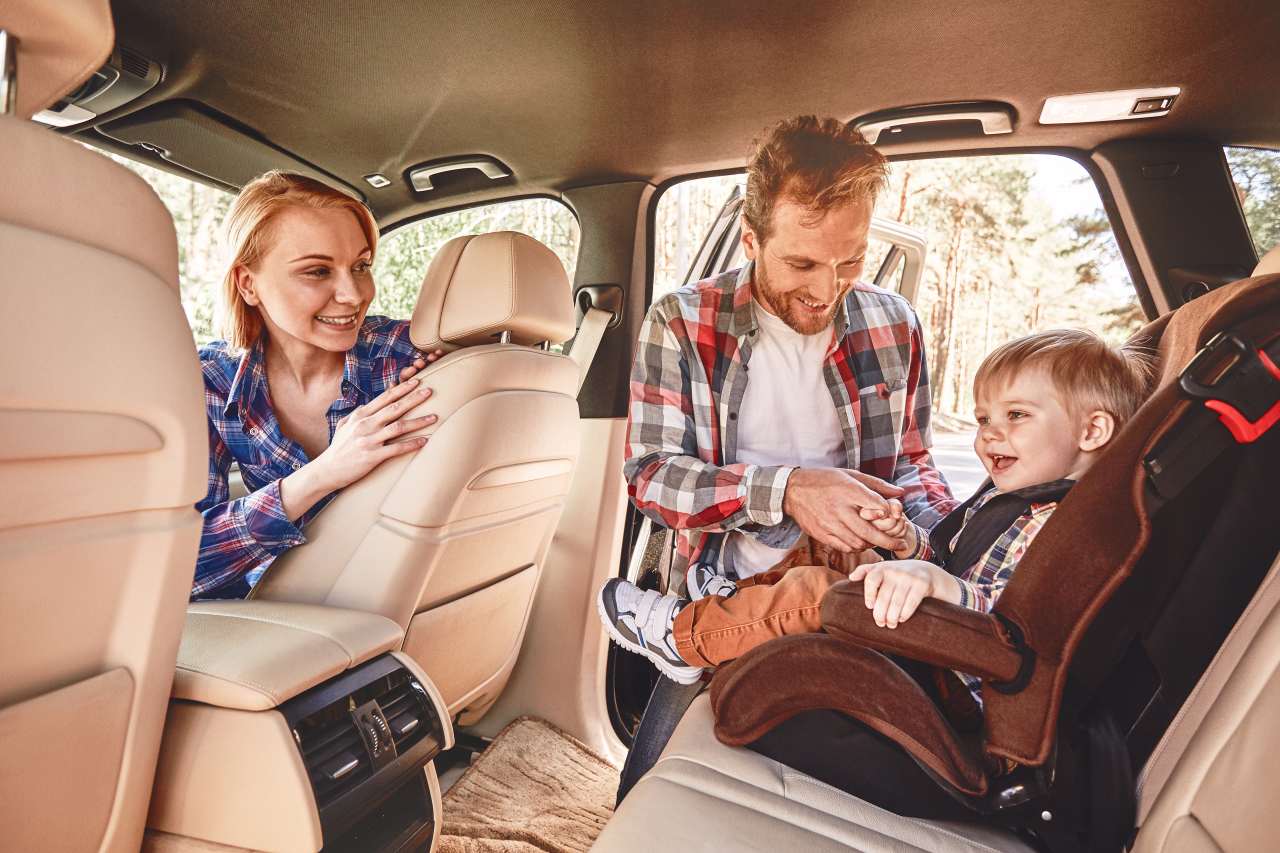

.jpg)
.jpg)
.jpg)
.jpg)
.jpg)
.jpg)
.jpg)
.jpg)
.jpg)
.jpg)
.jpg)
.jpg)
.jpg)
.jpg)
.jpg)
.jpg)
.jpg)
.jpg)
.jpg)

.jpg)


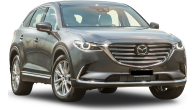


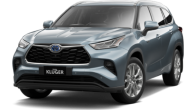



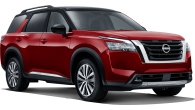





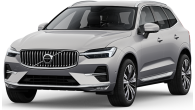






.png)
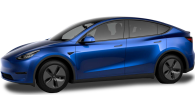
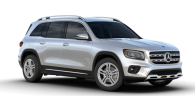
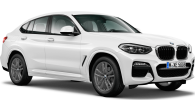



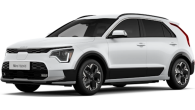
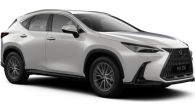
.jpg)
.jpg)




